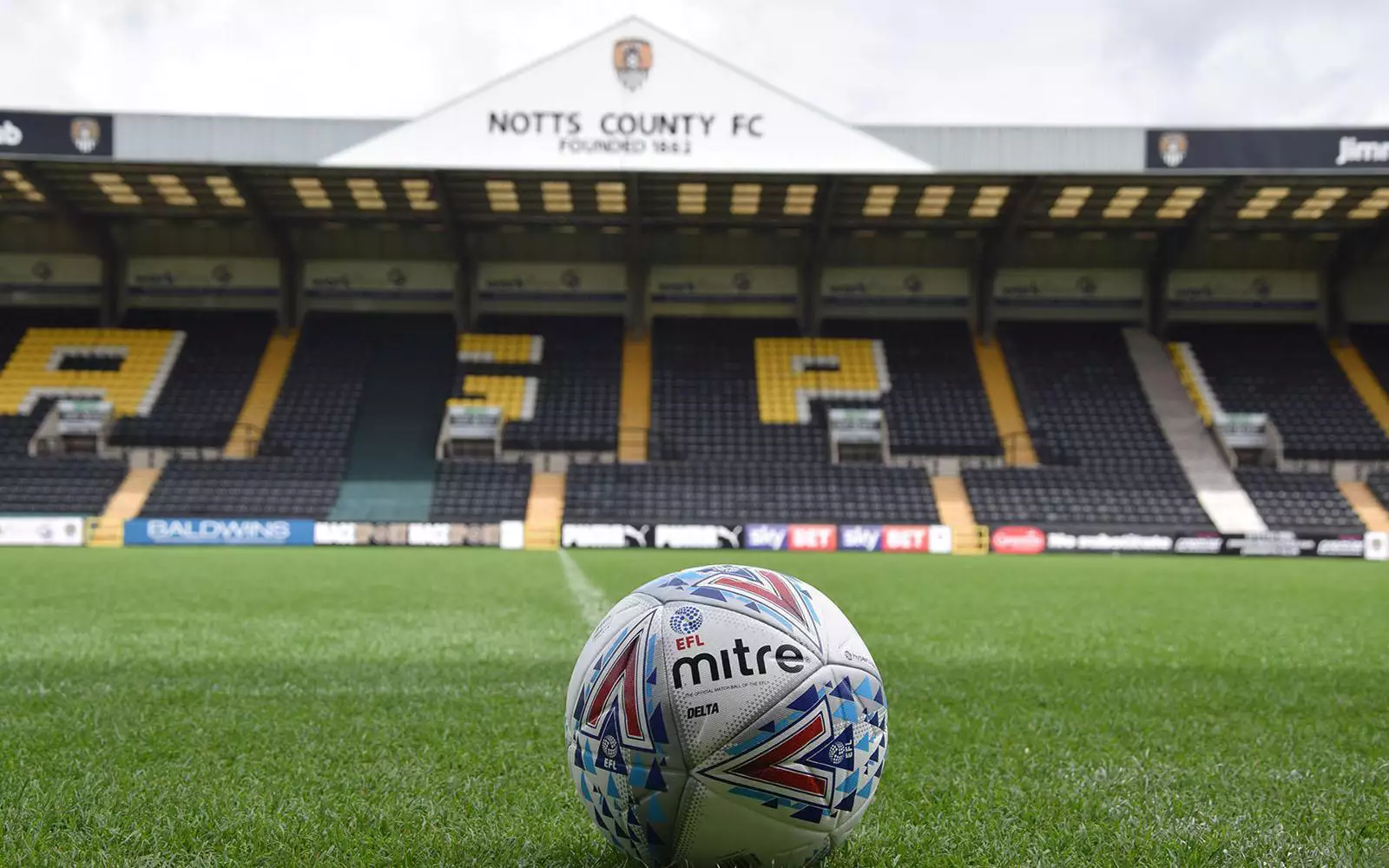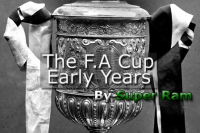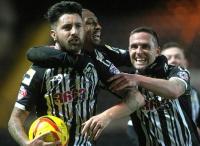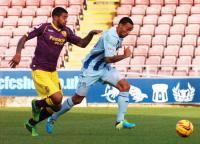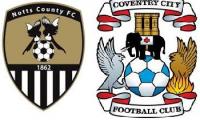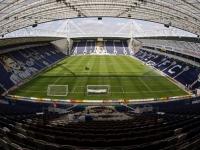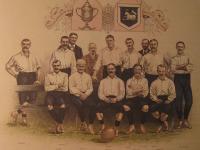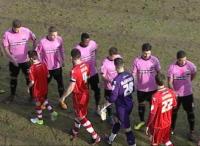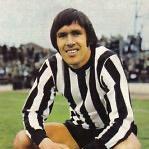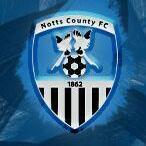

Over the years, County’s record hasn’t quite lived up to the standard of the first game. We’ve won 23 games, but lost 37. Out of the 83 fixtures that have taken place over the years, 21 have ended in a draw.
Wolves have played Notts three times since the turn of the century: On the 21st September 2010 in the Carling Cup, where Wolves won 4-2, just over four months ago, on the 8th October 2013, in the Johnston's Paint Trophy, where Notts won on penalties after a 0-0 draw, and in League One a month later, in November, where we lost 1-0.
Prior to the 2010 clash, you have to go back all the way to 1994 for the last encounter between these two: a 1-0 defeat in Division 1 (back then this was the second tier).
That's nothing, however. The longest period of time between Notts and Wolves facing off is from January 1935 to November 1976 - a huge 41 years! To put that into perspective, Elvis Presley was four days old at the time of the 1935 fixture, while the 1976 fixture was just nine months before his untimely passing.
Wolves became founder members of the Football League in 1888, and finishing 3rd in the inaugural season as well as reaching the FA Cup final (where they lost 3-0 to the Preston North End).
Wolves were the first club to score to 7000 League goals - Wolves achieved this when Seol Ki-Hyeon scored in the 1-1 draw at Crystal Palace on the 10th December 2006.
The Black Country side suffered the ignominy of successive relegations, tumbling out of the Premier League during the 2011-12 season and then finishing in the Championship bottom three in 2012-13.
Wolves boast three top-flight titles, four FA Cups and two League Cups, in addition to four Charity/Community Shields. That places them on a par with Newcastle United (13) and just under Manchester City (15) in terms of total trophies won in their history.
Wolves keeper Carl Ikeme is fit to challenge Aaron McCarey for a place between the sticks after six weeks out with a broken hand.
Kenny Jackett's outfit, second in League One after four straight victories, play for the first time in a fortnight following last Saturday's postponement at Stevenage.
Wolves midfielder Jamie O'Hara, who is out of favour at Molineux, has been allowed to travel to the United States to undertake a three-week training programme in Los Angeles.
Notts are still without Dean Leacock, who is struggling with a calf and thigh injury, but striker Ronan Murray is back after suspension.
The Pies have not won a league game at Molineux since 1991, but we did win on our last visit in October when the boys in black and white knocked the beleaguered Black Country club out of the Johnstone's Paint Trophy 3-1 on penalties.
